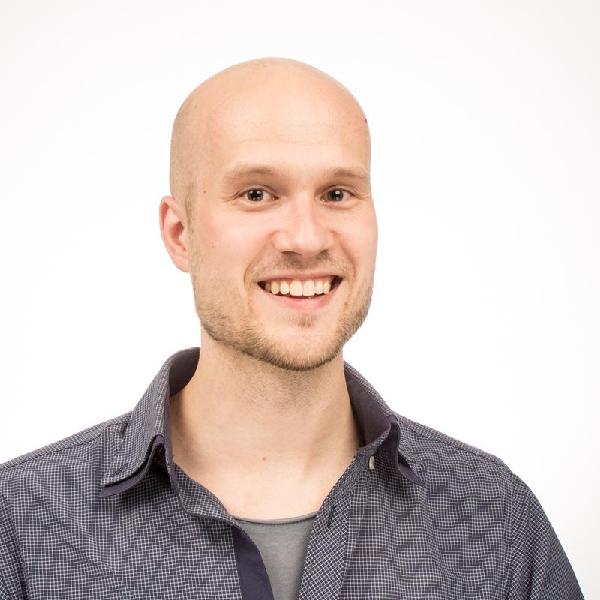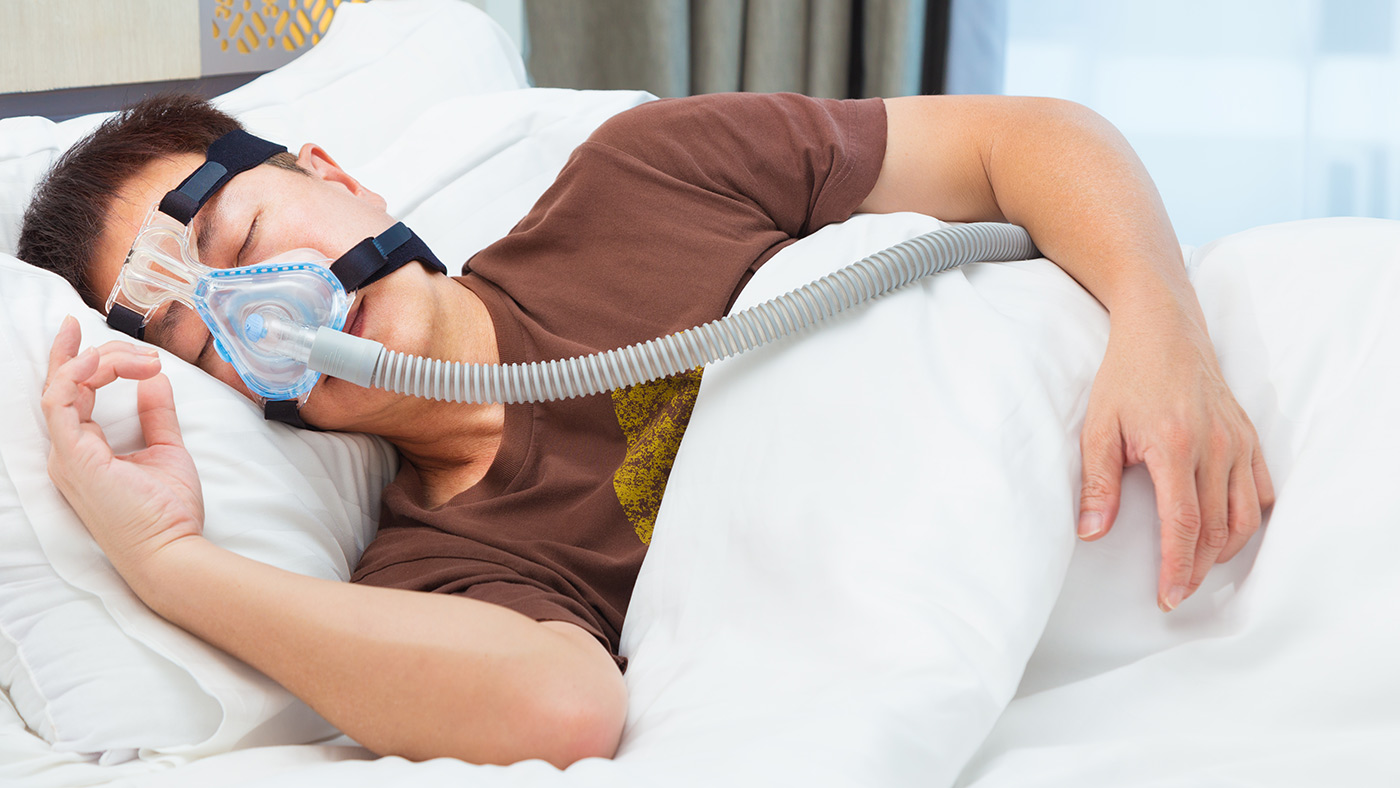Obstructive sleep apnea (OSA) is a sleep related breathing disorder. For many OSA patients, surgery will be the treatment. It has proven difficult to predict the outcome of this surgery, and in some cases it makes the condition worse. Numerical simulation could play a key role in predicting the outcome and whether a patient would benefit from the surgery.
How we simulate the air flow
I am developing and implementing a numerical method to simulate air flow in complex geometries. The future ambition for this method is to simulate respiratory flow in the upper airways of patients with OSA. This multiphysics phenomenon is challenging to simulate, for multiple reasons.
The geometry of the upper airways is complex and consists of highly different scales. Also, the surrounding tissue is not rigid or uniform, but will interact in different ways with the flow. Additionally, the tissue is subject to neural activity, which can move and change the mechanical properties of the flow boundaries.
We believe that the sharp interface ghost-node-based immersed boundary method that I am developing would be a solid foundation for tackling this challenge.
Good health and well-being for all is important
This work is important because sleep apnea can lead to severe ailments, not only loud snoring. Reduced cognitive ability, increasing the risk when using machinery or vehicles, learning disabilities, hypertension, heart attack and other cardiovascular diseases can be linked to OSA. This research project thereby contributes to goal number 3 of the UN Sustainable Development Goals: good health and well-being.

From student to PhD student
I am a 32 year old man from all over Norway, but I mostly grew up in a beautiful little place called Vikane on the outskirts of Fredrikstad (yes, yes, Frederik from Fredrikstad). With the ocean on one side, and the forest on the other, it might make sense that I like being in nature. I followed the Master’s Degree program within Mechanical Engineering here at NTNU, where I spezialized in fluid dynamics in the Thermo-Fluids group.
About

Frederik Kristoffersen is a PhD Candidate at NTNU – Department of Energy and Process Engineering.
The PhD project is part of the research project “VirtuOSA – Virtual Surgery in the Upper Airways – New Solutions to Obstructive Sleep Apnea Treatment“, 2020-2023. Main Supervisor for the PhD project is Bernhard Müller, NTNU, and co-supervisors are Wolfgang Schröder, RWTH Aachen, Sverre Gullikstad Johnsen, Sintef and Martin Larsson, Sportradar AS. The PhD project is funded by the Research Council of Norway (RCN).


